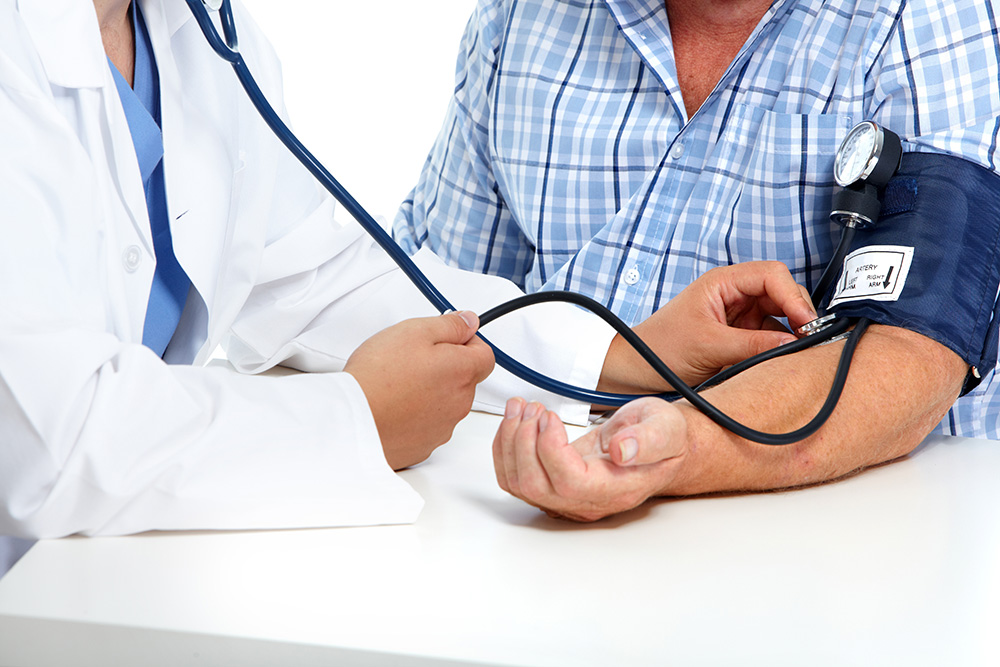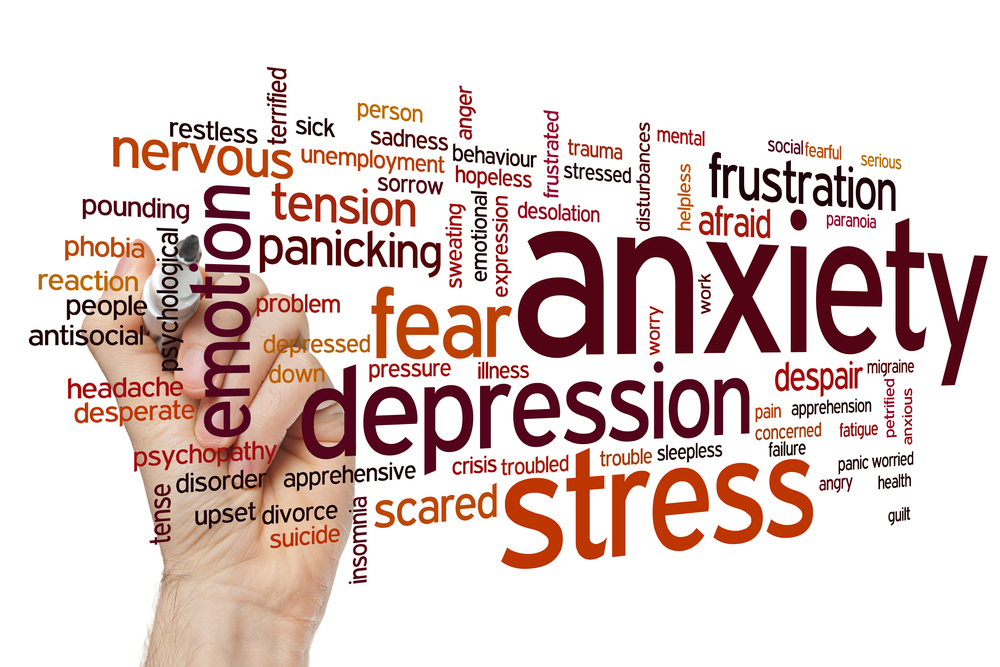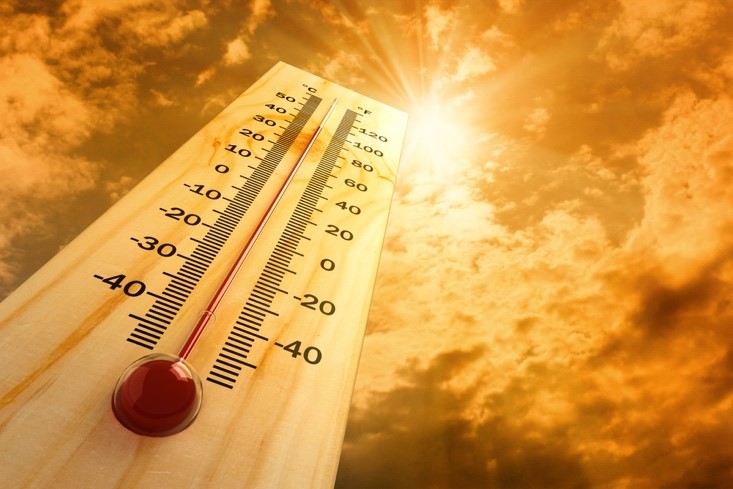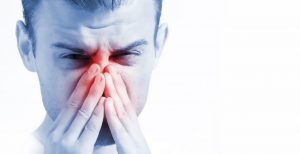High Blood Pressure: Prevention and Management

Hypertension is also known as High blood pressure. Blood pressure (BP) is the pressure of circulating blood on the walls of blood vessels.
When the heart beats, it pumps blood to the blood vessels and creates pressure in them. If one is healthy, the blood vessels are muscular and elastic. They stretch when the heart pumps blood through them. The heart beats about 60 to 80 times a minute under normal conditions. The blood pressure rises with each heartbeat and falls when the heart relaxes between beats.
Blood pressure is broken into systolic and diastolic values. The systolic measurement is the peak pressure in the arteries, and the diastolic measurement is the minimum pressure in the arteries.
High blood pressure does not mean excessive emotional tension, although emotional tension and stress can temporarily increase blood pressure. Normal blood pressure is below 120/80; blood pressure between 120/80 and 139/89 is called “pre–hypertension”, and a blood pressure of 140/90 or above is considered high.
High blood pressure usually has no symptoms; in fact, many people have blood pressure for years without even knowing it. It doesn’t refer to being tense, nervous or hyperactive. You can be a calm, relaxed person and still have blood pressure.
Low Blood Pressure i.e. Hypotension is when the flow of blood is too low to deliver enough oxygen and nutrients to vital organs.
Effects of High Blood Pressure
High blood pressure increases the risk of developing: Heart disease, Kidney disease, Hardening of the arteries, Eye damage and Brain damage.
Hypertension Cut-Off Values For Initiating Treatment
(8th Report of Joint National Commission, 2014)
| CATEGORY ( Age ) | CUT-OFF VALUES ( in mm Hg ) |
| 18 – 60 | < 140/90 |
| >60 | <150/90 |
Lifestyle Management for Controlling High Blood Pressure
To prevent high blood pressure, everyone should be encouraged to make lifestyle modifications. In addition to lowering blood pressure, these measures enhance the effectiveness of high blood pressure drugs.
Lifestyle Modifications
- Maintain weight within permissible limit.
- Follow a Healthy Eating Plan.
- Be Physically Active.
- Eat Foods with less sodium (salt).
- Smoking / Tobacco Cessation.
- Decrease alcohol use.
- Take medicines as prescribed.
Maintain weight within permissible limit
- Being overweight or obese increases your risk of developing high blood pressure. In fact, your blood pressure rises as your body weight increases.
- Weight reduction of even as little as 4.5 kg has been found to reduce blood pressure in a large proportion of overweight persons with hypertension.
- Body mass index, or BMI, and waist circumference are the key measures used to determine if someone is overweight or obese.
Follow a healthy eating plan
- The DASH (Dietary Approaches to Stop Hypertension) diet is used for prevention and controlling hypertension. It emphasizes increase in – Low fat dairy, whole grains, fruits and vegetable consumption and reduction in – Fats, sweets and red meat consumption.
- Adequate potassium intake from fresh fruits and vegetables may improve blood pressure control in hypertensive patients.
Be Physically Active
- Regular physical activity should be encouraged, as permitted by the physician.
- Aerobic activity of moderate to vigorous intensity 3-4 times a week, each session lasting for 40 minutes, has been found to be effective in reducing both systolic and diastolic blood pressure.
- Example of moderate intensity aerobic activities: Brisk walking, Water aerobics, Dancing, Gardening, Tennis (doubles) etc.
- Example of vigorous intensity aerobic activities: Running, Swimming laps, Aerobic dancing, Heavy yard work like digging, hiking uphill or with a heavy backpack.
Eat foods with low sodium
- High sodium levels can increase blood pressure and lead to hypertension, a significant risk factor for heart disease, heart attack and stroke.
- Aim for less than 2,300 milligrams (about 1 teaspoon of salt) of sodium each day. Reduction of sodium to 1,500 mg per day in adults can result in even greater blood pressure reduction.
- Patients should be advised to avoid added salt, processed foods, and salt-containing foods such as pickles, papads, chips, chutneys and preparations containing baking powder.
- In the Indian context, salt restriction is more important as Indian cooking involves a high usage of salt.
Smoking / Tobacco Cessation
- Tobacco use in any form is found to increase blood pressure.
Drink alcohol only in moderation
- Excess alcohol intake causes a rise in blood pressure, induces resistance to antihypertensive therapy and also increases the risk of stroke.
- Abstinence is preferred.
Take medicines as prescribed
- Take prescribed medicines as directed by physician.
- Medicines along with lifestyle modification help in better control of high blood pressure.
Disclaimer: The content mentioned in the article are for general information purpose only and should not be construed as professional medical advice. Always consult your doctor before adopting any of the suggestions.













